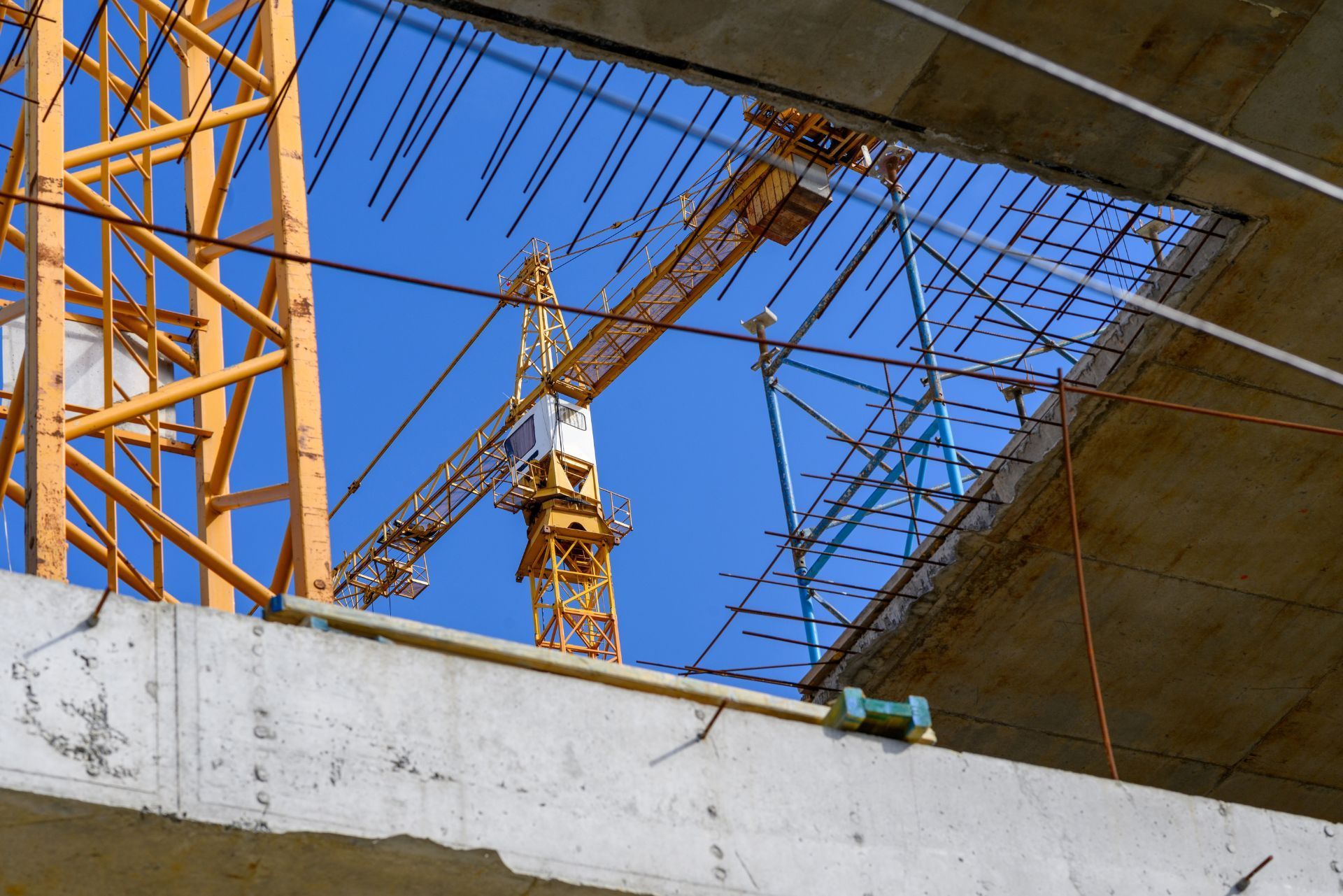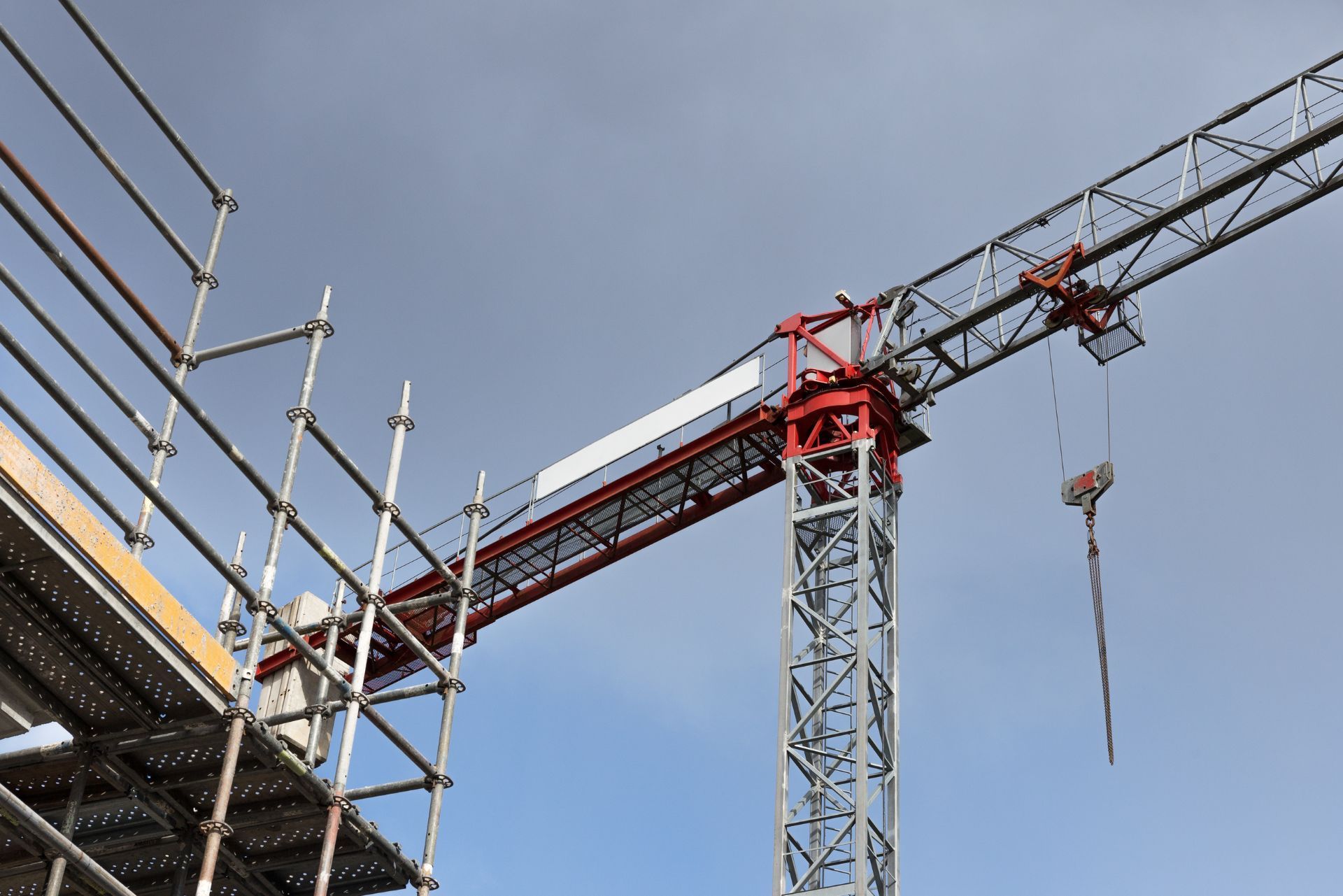Texas Crane Rigging and Scaffolding Insurance

See How We're Different
or call us: (855) 359-9324
Top 3 Recommended Policies
Index
Why Specialized Insurance Matters for Crane and Scaffolding Operations
Key Coverage Components for Crane Rigging and Scaffolding Insurance
Challenges and Risks Unique to Texas Construction Markets
How to Choose the Right Insurance for Your Crane and Scaffolding Business
Contact Us
Scaffolding and crane operations are among the riskiest activities on construction sites, especially in Texas where the industry is booming and regulatory scrutiny is increasing. Every year, thousands of workers face injuries or worse due to scaffolding accidents or crane mishaps. For companies involved in these sectors, having tailored insurance coverage is not just a precaution-it’s a necessity that safeguards businesses against costly claims and operational disruptions. Understanding the nuances of crane rigging and scaffolding insurance can make a significant difference in managing risks effectively.
According to
Texas Department of Insurance, there were 3,400 scaffold-related workplace injuries and 52 deaths in 2020 alone. These incidents resulted in nearly $90 million in lost workdays and associated costs. Such figures highlight the critical need for comprehensive insurance plans designed specifically for the unique hazards faced by crane and scaffolding contractors.
Why Specialized Insurance Matters for Crane and Scaffolding Operations
General liability insurance covers many construction risks, but crane rigging and scaffolding come with specialized exposures that require tailored protection. These operations involve heavy machinery, elevated work platforms, and complex rigging setups that can lead to catastrophic failures if not properly managed. Insurance policies customized for this sector address these specific risks, including equipment damage, third-party injuries, and contractual liabilities.
For example, AJG United States provides crane and rigging insurance solutions that emphasize industry-specific coverage and risk management tools. Their approach helps contractors protect their assets and meet contractual obligations without gaps in coverage that could lead to devastating financial losses (AJG Crane and Rigging Insurance).
Without specialized coverage, a single scaffolding collapse or crane accident could expose a company to lawsuits, hefty fines, and operational shutdowns. Given that scaffolding accidents account for about 30% of all work-related fall fatalities in the U.S., with over 4,500 injuries and 60 fatalities annually (Attorney Brian White), the stakes are high.
Moreover, the nature of crane and scaffolding work often involves navigating complex regulatory environments. Each state may have different safety regulations and compliance requirements that contractors must adhere to, which can complicate operations. Specialized insurance providers understand these nuances and can offer guidance on compliance, helping businesses to avoid potential legal pitfalls. This proactive approach not only safeguards the company’s financial health but also fosters a culture of safety and responsibility on job sites.
Additionally, the financial implications of not having specialized insurance can extend beyond immediate costs. A company found liable for an accident may face increased insurance premiums in the future, not to mention the potential loss of contracts and damage to its reputation. Clients are more likely to choose contractors who demonstrate a commitment to safety and risk management, making specialized insurance not just a protective measure, but a strategic business decision that can enhance a company's marketability and operational efficiency.

Key Coverage Components for Crane Rigging and Scaffolding Insurance
Understanding what insurance policies cover is essential for crane and scaffolding businesses. Here are the main components typically included:
- General Liability: Covers bodily injury and property damage claims from third parties, such as site visitors or neighboring properties.
- Equipment Coverage: Protects cranes, rigging gear, and scaffolding materials against damage, theft, or loss.
- Workers’ Compensation: Covers medical expenses and lost wages for employees injured on the job, which is crucial given the high injury rates in this sector.
- Contractual Liability: Addresses liabilities arising from contract terms, including indemnity clauses that can impose additional risks.
- Pollution Liability: For incidents involving hazardous materials or environmental damage during construction.
Because crane and scaffolding operations often involve multiple subcontractors and complex contracts, coverage must be carefully structured to avoid gaps. Ron Thompson and Gene Greiner highlight how Texas legislation, with thousands of bills under review, is reshaping payment timelines and contract fairness, directly impacting how insurance policies are structured to protect contractors and operators (Coverica Podcast).
Importance of Compliance and Safety Standards
Insurance carriers often require strict adherence to OSHA standards and safety protocols to qualify for coverage or reduce premiums. Miller Weisbrod Olesky stresses that compliance with OSHA scaffolding standards is critical to preventing collapses and severe injuries, which in turn lowers insurance claims and costs (Miller Weisbrod Olesky).
Proper assembly, regular maintenance, and thorough inspections are non-negotiable. Recent advancements in technology, such as AI-powered scaffolding inspections, are promising tools that could revolutionize safety by improving accuracy and reducing manual inspection time (AI Scaffolding Inspection Study). These innovations not only enhance safety but also streamline operations, allowing companies to allocate resources more effectively. Furthermore, the integration of real-time data analytics can provide insights into potential risks before they escalate, enabling proactive measures that safeguard workers and equipment alike.
Moreover, ongoing training and education for employees about safety protocols and risk management are paramount. Regular workshops and safety drills can reinforce the importance of compliance and help cultivate a culture of safety within the organization. As the construction industry evolves, the emphasis on safety and compliance will likely become even more pronounced, with insurance providers increasingly recognizing the value of proactive risk management strategies in reducing overall liability exposure.
Challenges and Risks Unique to Texas Construction Markets
Texas faces unique challenges due to its size, weather patterns, and rapid construction growth. The aftermath of Hurricane Harvey, for instance, altered labor market dynamics significantly. Research shows that affected counties saw a 7.2% wage increase two quarters after the disaster, with employment effects becoming more pronounced six quarters later (Hurricane Harvey Labor Market Study).
This wage growth can increase insurance costs as labor expenses rise, and higher wages often translate to higher workers’ compensation claims. Additionally, the complexity of crane and scaffolding operations in Texas requires insurance policies that can adapt to fluctuating market conditions and regulatory changes. The construction sector must also contend with the challenges posed by Texas's diverse geography, which ranges from coastal areas prone to hurricanes to arid regions susceptible to drought. This variability necessitates a tailored approach to project planning and risk management, ensuring that construction practices are resilient and adaptable to local conditions.
Legal Implications of Scaffolding Failures
Legal cases involving scaffolding accidents are becoming more frequent and severe. A recent lawsuit filed in October 2025 after a scaffolding collapse at Ochsner’s Lafayette General Medical Center resulted in a worker losing his right arm. This case underscores the importance of not only having insurance but ensuring that safety and compliance are prioritized to avoid such tragic outcomes (Expert Witness Profiler).
Insurance policies must be designed to cover not just physical damages but also the legal fees and settlements that follow such incidents. Companies that neglect these risks may face devastating financial consequences. Furthermore, the legal landscape surrounding construction safety is evolving, with increasing scrutiny on compliance with Occupational Safety and Health Administration (OSHA) regulations. This shift places additional pressure on construction firms to implement rigorous safety protocols and training programs. As the industry grapples with these challenges, the integration of technology, such as safety management software and real-time monitoring systems, is becoming essential to mitigate risks and enhance worker safety on job sites.

How to Choose the Right Insurance for Your Crane and Scaffolding Business
Choosing the right insurance involves more than picking the cheapest plan. It requires a thorough assessment of your operational risks, contract requirements, and regulatory environment. Here are some tips:
- Assess Your Risks: Identify the specific hazards your equipment and projects face. This includes site conditions, equipment age, and workforce experience.
- Review Contractual Obligations: Understand the insurance requirements in your contracts, including indemnity and additional insured clauses.
- Work with Industry-Savvy Brokers: Partner with brokers who specialize in crane and rigging insurance to get tailored coverage and risk management advice.
- Consider Risk Management Services: Some insurers offer training, safety audits, and technology solutions to help reduce claims.
AJG United States, for instance, provides customized insurance solutions that integrate risk management tools, helping businesses not only secure coverage but also reduce the likelihood of claims (AJG Insurance Solutions).
In addition to understanding your specific risks, it is crucial to stay informed about the latest industry standards and regulations that could impact your insurance needs. For example, OSHA regulations may dictate certain safety measures that, if not adhered to, could lead to increased liability. Keeping abreast of these standards not only helps in selecting the right insurance but also fosters a culture of safety within your organization. Regular training sessions for your workforce, alongside the implementation of safety protocols, can significantly mitigate risks and potentially lower insurance premiums over time.
Coverage Comparison: Basic vs. Extended Protection
| Coverage Type | Basic Coverage | Extended Coverage |
|---|---|---|
| General Liability | Covers third-party injury and property damage | Includes higher limits and coverage for completed operations |
| Equipment Protection | Basic coverage for theft and damage | Includes coverage for transit, breakdown, and rental reimbursement |
| Workers’ Compensation | Statutory benefits for injured employees | Enhanced medical and rehabilitation benefits, plus wage replacement |
| Contractual Liability | Limited to specific contracts | Broader coverage for multiple contracts and indemnity agreements |
| Risk Management Services | Not typically included | Includes safety training, inspections, and claims prevention tools |
When comparing basic and extended coverage, it's essential to consider not only the financial implications but also how each option aligns with your business strategy. Extended coverage may come with a higher premium, but it can provide peace of mind and greater financial protection in the event of a significant incident. Additionally, some insurers offer bundled packages that combine various types of coverage, which can be a cost-effective way to ensure comprehensive protection for your business. Always weigh the potential costs against the risks involved, and consult with your insurance broker to tailor a plan that meets your specific operational needs.
What Texas Contractors Should Keep in Mind
Texas crane and scaffolding contractors operate in a challenging environment with high stakes. Staying ahead means embracing safety, compliance, and insurance strategies that reflect the real risks on the ground. The industry’s legislative landscape is evolving, with thousands of bills under review that could impact payment terms and contract fairness. Staying informed and proactive is key (Coverica Podcast).
Injuries and fatalities remain a sobering reality. With scaffold-related falls accounting for a significant share of workplace deaths, every precaution counts. Insurance is part of that safety net, but it cannot replace rigorous training, inspections, and adherence to OSHA standards. Furthermore, the psychological toll on workers and their families after accidents can be profound, emphasizing the need for a culture of safety that prioritizes not just compliance but also the well-being of all team members. Regular safety meetings, open communication channels, and mental health resources can contribute to a more resilient workforce.
Emerging technologies like AI-driven inspections offer hope for reducing human error and improving safety outcomes. Contractors who invest in these innovations and combine them with comprehensive insurance coverage position themselves to weather the unpredictable challenges of construction work. Additionally, the integration of drones for site inspections and monitoring can enhance oversight, allowing for real-time data collection and analysis that can preemptively identify potential hazards. As the industry continues to evolve, those who embrace these advancements will likely find themselves at a competitive advantage.
Before You Go: Final Thoughts on Insurance Coverage
Insurance for crane rigging and scaffolding is not a one-size-fits-all product. It demands careful selection, ongoing review, and alignment with operational realities. The right coverage protects your business from financial ruin and supports safer job sites. It's essential to understand the nuances of various policies, including general liability, workers' compensation, and equipment insurance, to ensure comprehensive protection tailored to your specific needs.
Whether you are a crane operator, rigging contractor, or scaffolding company in Texas, partnering with knowledgeable insurance providers and staying current on safety practices will pay dividends. In an industry where a single accident can lead to millions in losses, insurance is your frontline defense. Moreover, building strong relationships with local regulatory bodies and industry associations can provide valuable insights and resources that enhance your operational strategies, ensuring that you remain not just compliant but also a leader in safety and innovation.
Frequently Asked Questions
Q: Do I need specialized insurance for crane and scaffolding operations?
A: Yes. These operations have unique risks that general liability insurance may not fully cover. Specialized policies address equipment, contractual, and operational hazards.
Q: How does compliance with OSHA standards affect my insurance?
A: Compliance can reduce premiums and claims. Insurers often require adherence to OSHA scaffolding and crane safety rules as a condition of coverage.
Q: What should I look for in a crane rigging insurance policy?
A: Look for comprehensive coverage that includes equipment protection, workers’ comp, contractual liability, and risk management support.
Q: Can technology improve scaffolding safety and insurance costs?
A: Yes. AI and digital inspection tools can enhance safety by identifying hazards early, potentially lowering insurance claims and costs.
Q: How do Texas laws impact crane and scaffolding insurance?
A: Legislative changes affect contract fairness and payment terms, which influence insurance requirements and risk exposure for contractors.
Q: What happens if a scaffolding accident leads to a lawsuit?
A: Proper insurance covers legal fees, settlements, and damages. Without it, businesses face severe financial risk.
Q: Is workers’ compensation mandatory for crane and scaffolding workers in Texas?
A: Yes. Workers’ comp is required to cover medical expenses and lost wages for job-related injuries.





